*NURSING > QUESTIONS & ANSWERS > MATERNITY HESI TEST BANK (COMBINED RED HESI AND OTHER SOURCES) QUESTIONS WITH 100% CORRECT ANSWERS (All)
MATERNITY HESI TEST BANK (COMBINED RED HESI AND OTHER SOURCES) QUESTIONS WITH 100% CORRECT ANSWERS
Document Content and Description Below
An expectant father tells the nurse he fears that his wife is "losing her mind." He states that she is constantly rubbing her abdomen and talking to the baby and that she actually reprimands the baby ... when it moves too much. Which recommendation should the nurse make to this expectant father? A.Suggest that his wife seek professional counseling to deal with her symptoms. B.Explain that his wife is exhibiting ambivalence about the pregnancy. C. Ask him to report similar abnormal behaviors at the next prenatal visit. D.Reassure him that normal maternal-fetal bonding is occurring. Correct Answer D) Reassure him that normal maternal-fetal bonding is occurring. Rationale: These behaviors are positive signs of maternal-fetal bonding and do not reflect ambivalence. No intervention is needed. Quickening, the first perception of fetal movement, occurs at 17 to 20 weeks of gestation and begins a new phase of prenatal bonding during the second trimester. Options A and C are not necessary because the behaviors displayed are normal. The nurse is preparing a laboring client for an amniotomy. Immediately after the procedure is completed, it is most important for the nurse to obtain which information? A.Maternal blood pressure B.Maternal temperature C.Fetal heart rate (FHR) D.White blood cell count (WBC) Correct Answer C. Fetal heart rate (FHR) Rationale: The FHR should be assessed before and after the procedure to detect changes that may indicate the presence of cord compression or prolapse. An amniotomy (artificial rupture of membranes [AROM]) is used to stimulate labor when the condition of the cervix is favorable. The fluid should be assessed for color, odor, and consistency. Option A should be assessed every 15 to 20 minutes during labor but is not specific for AROM. Option B is monitored hourly after the membranes are ruptured to detect the development of amnionitis. Option D should be determined for all clients in labor. [Show More]
Last updated: 2 years ago
Preview 1 out of 61 pages
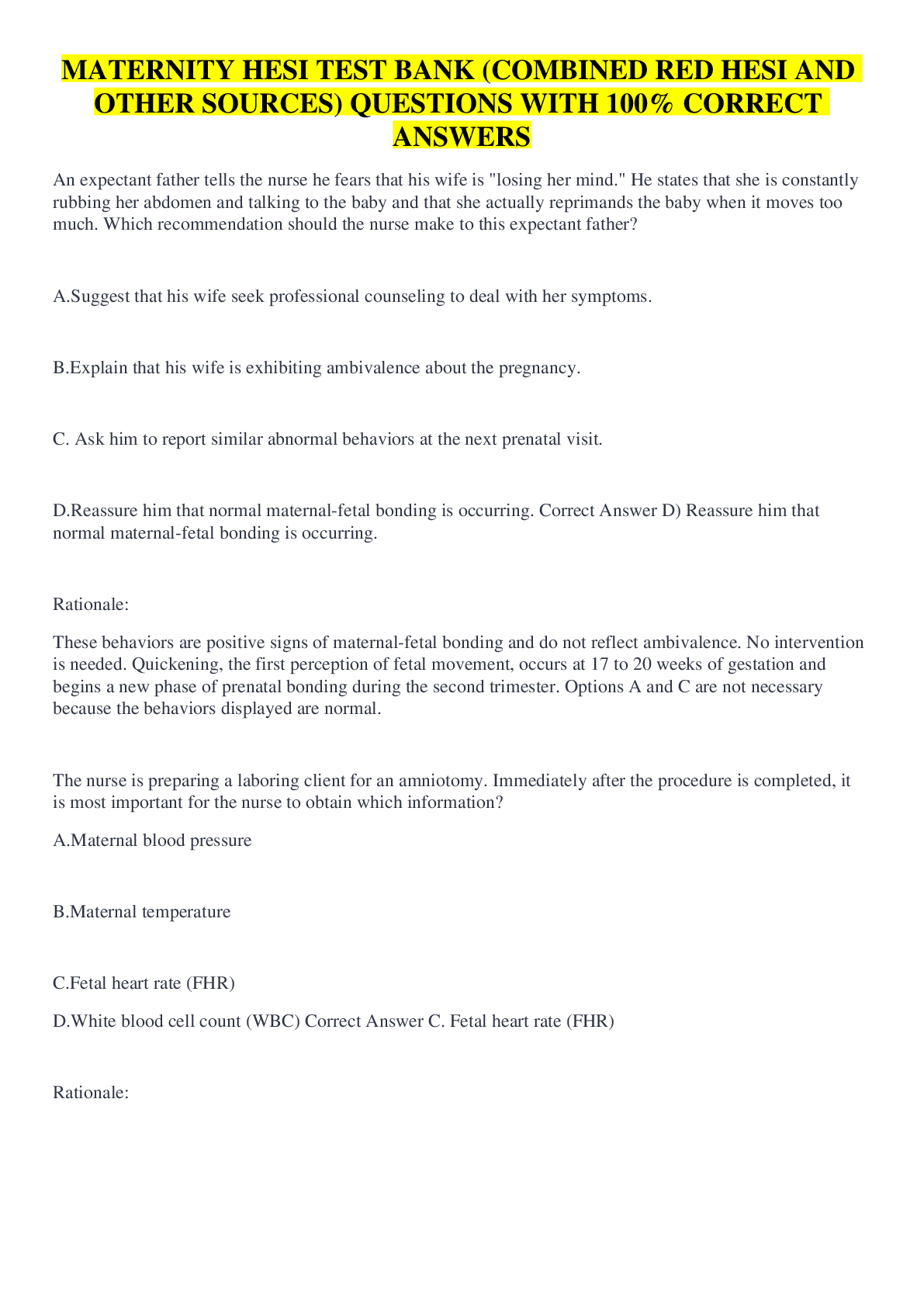
Buy this document to get the full access instantly
Instant Download Access after purchase
Buy NowInstant download
We Accept:

Reviews( 0 )
$13.50
Can't find what you want? Try our AI powered Search
Document information
Connected school, study & course
About the document
Uploaded On
Nov 28, 2022
Number of pages
61
Written in
Additional information
This document has been written for:
Uploaded
Nov 28, 2022
Downloads
0
Views
49

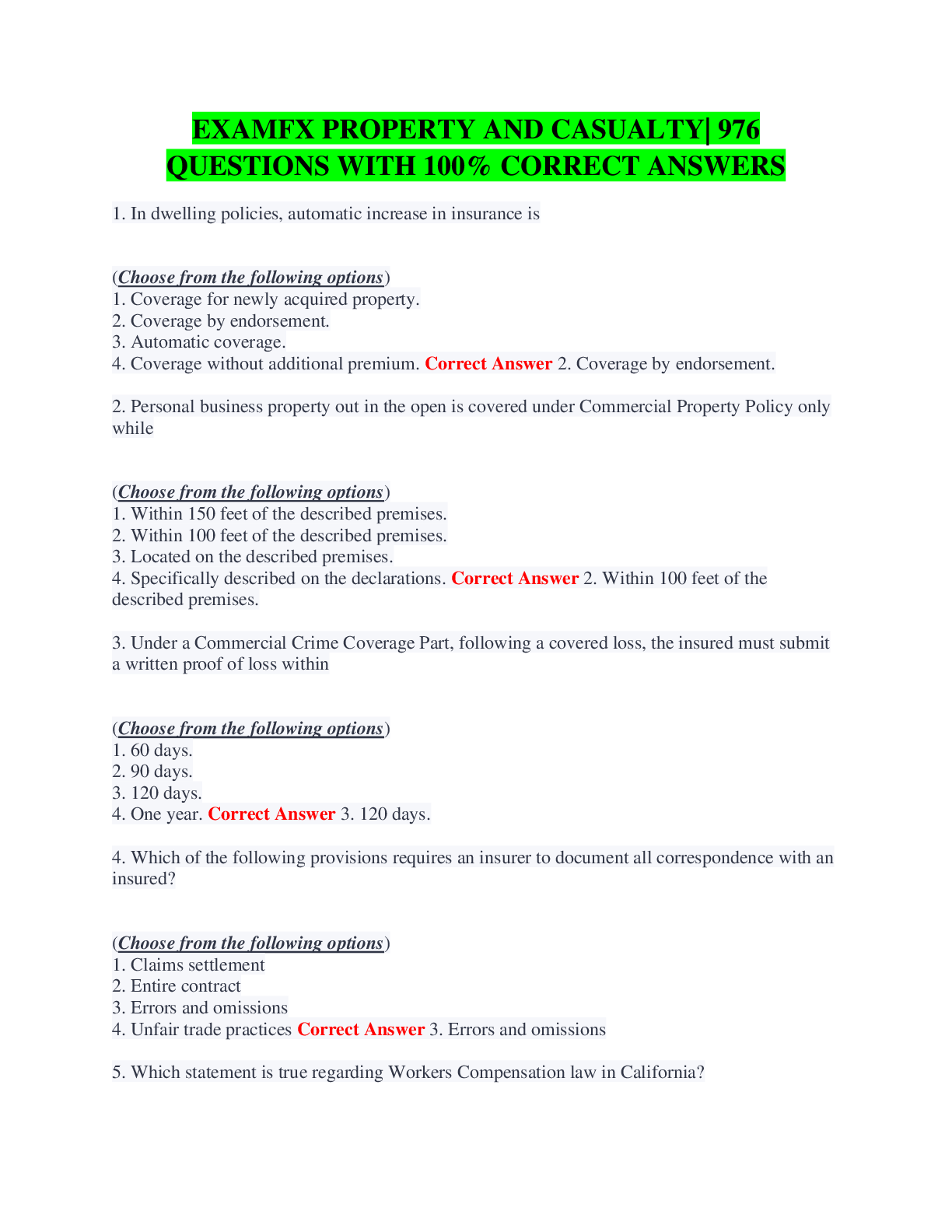
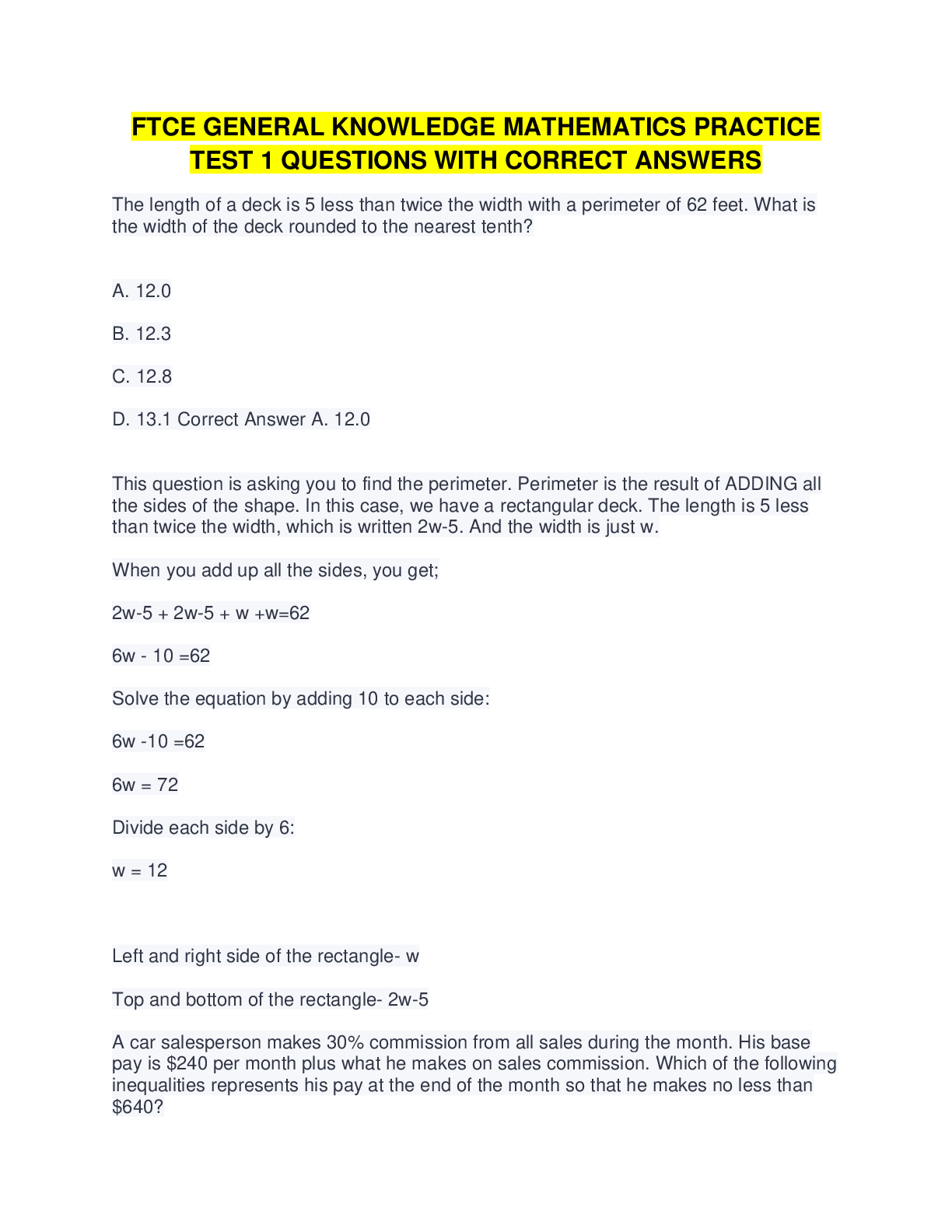
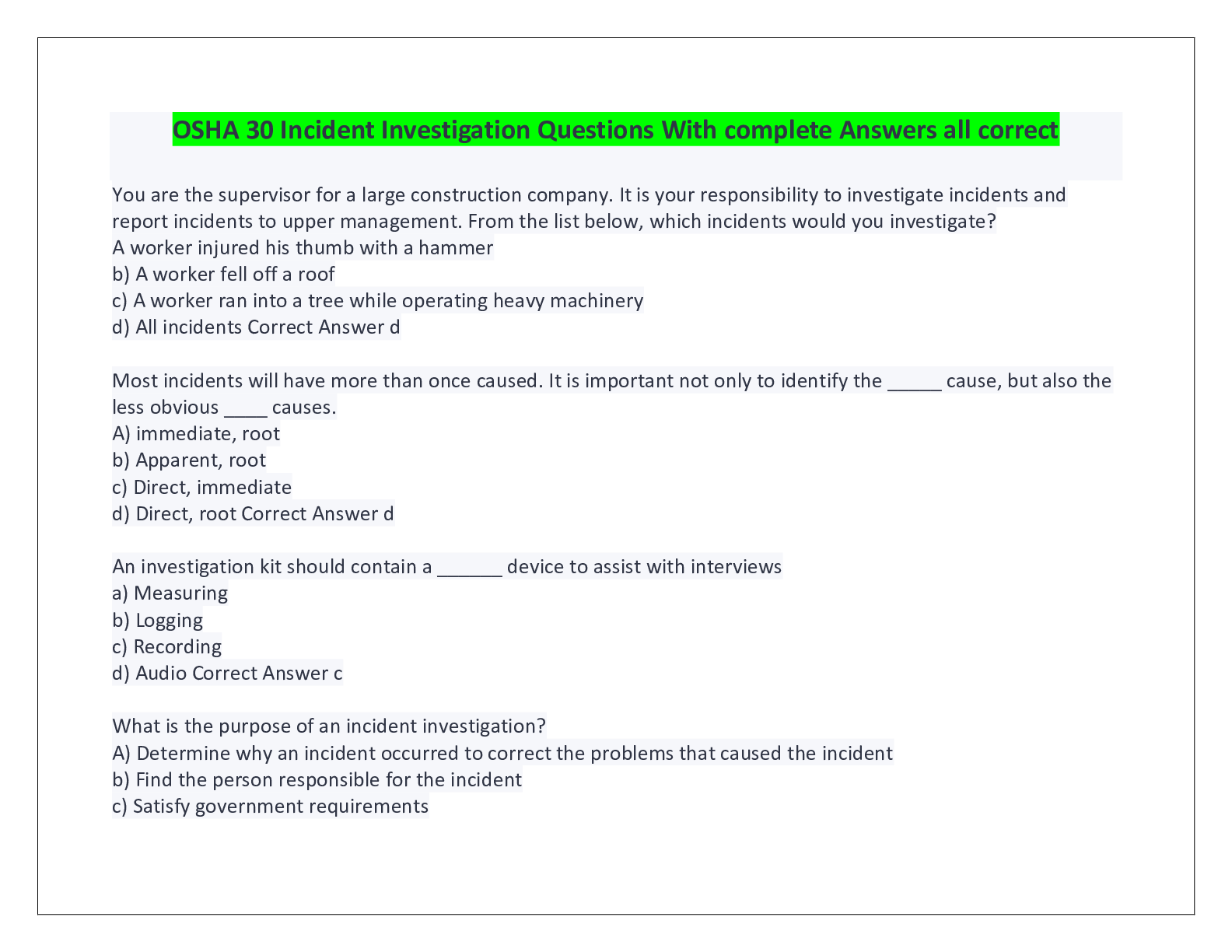

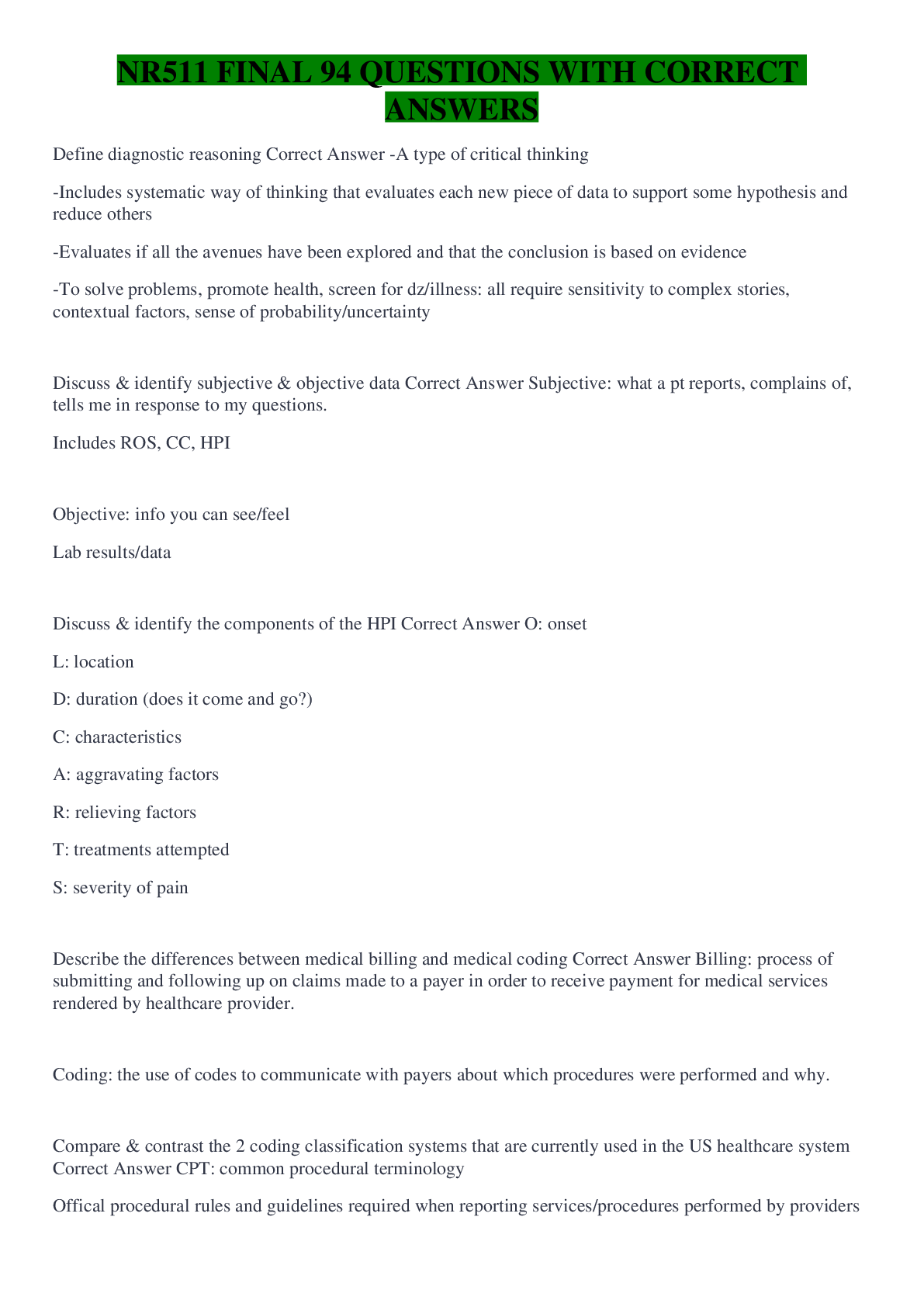


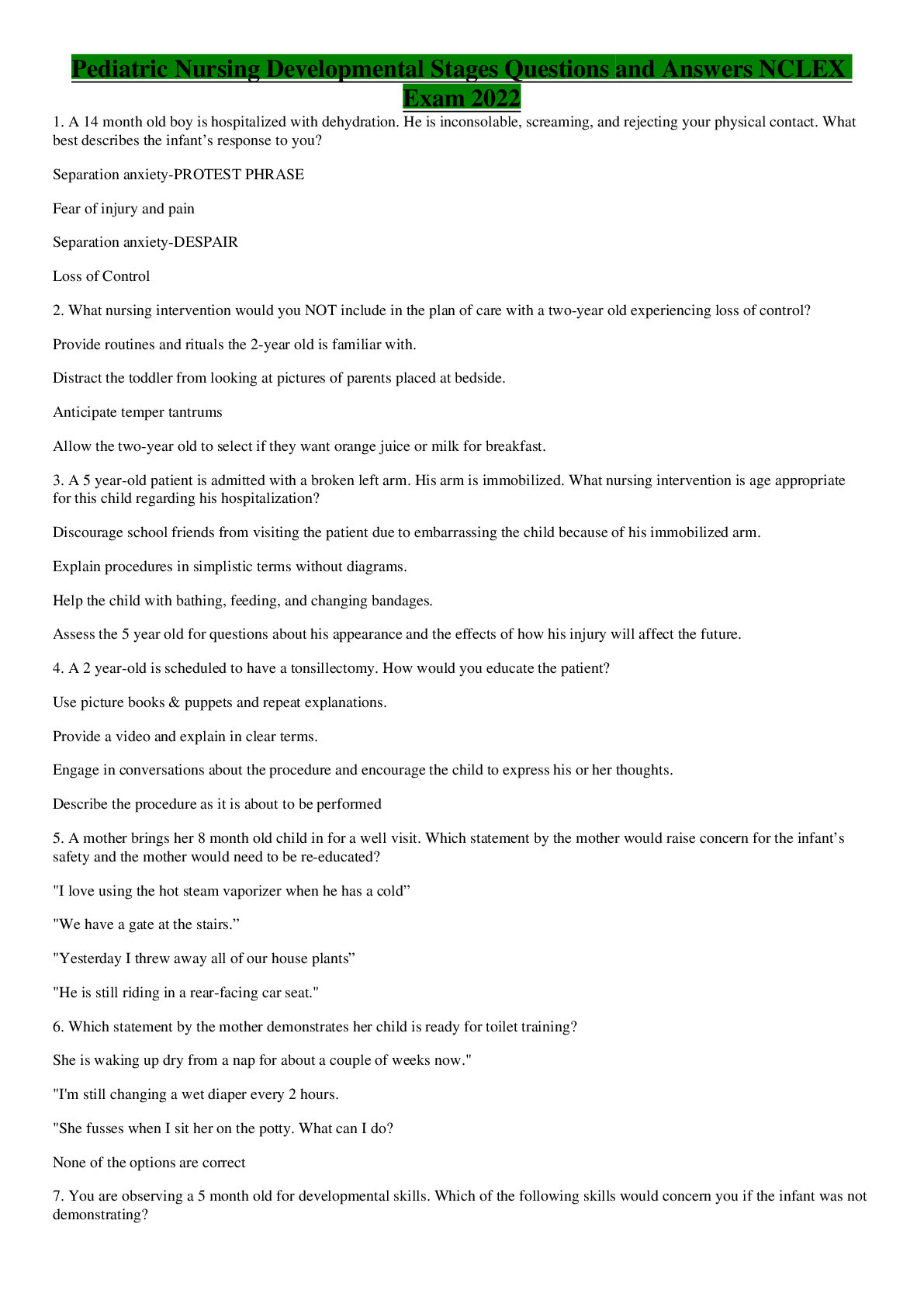

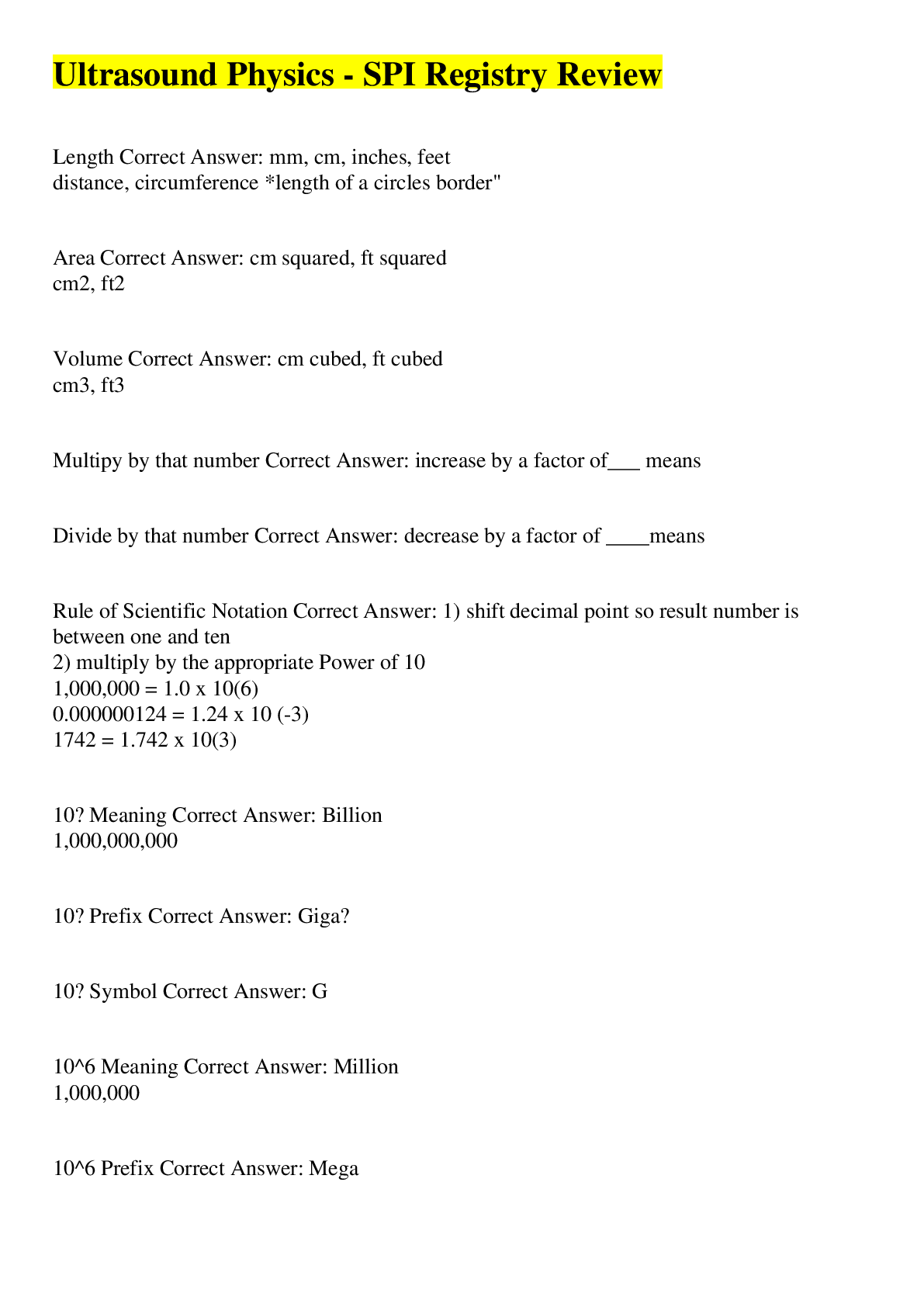





.png)

.png)


.png)




